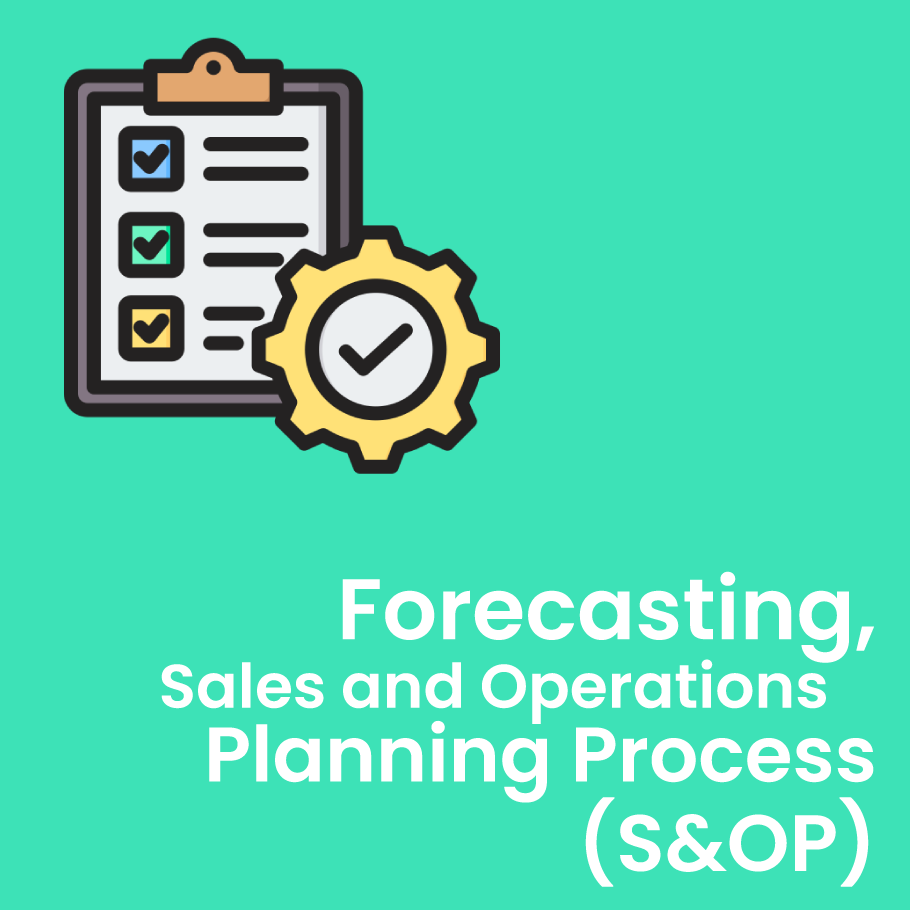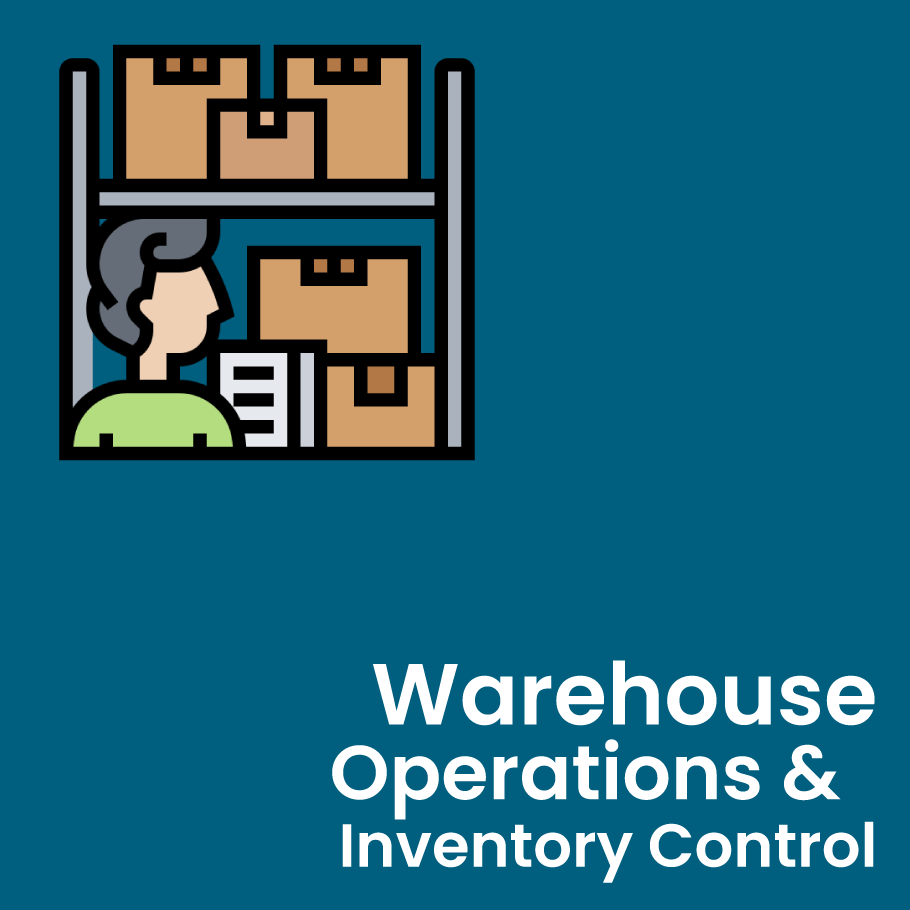Lean Six Sigma is a quality improvement methodology structured to reduce product or service failure rates to a negligible level. Six Sigma companies typically spend less than five percent of their revenues addressing and repairing quality problems.
To achieve these levels, the Six Sigma process encompasses all aspects of a business; including management, service delivery, and design, production, and customer satisfaction. As a philosophy, Six Sigma drives business culture and requires a nearly flawless execution of key processes, making Six Sigma a high standard for companies and individuals to achieve. By reducing process variation, Six Sigma frees an organization to focus on improving process capability. As sigma levels increase, the cost of poor quality decreases, and profitability increases. This is why Six Sigma is highly associated with the delivery of consistent, world-class quality.
| Duration | 5 Days |
Who Should Attend
The course is intended for staff, supervisors, and managers in all vocational work areas where objectives need to be controlled and deviations to be analyzed for improvement to achieve more efficient and effective results.
Course Objectives
- Application of Six Sigma; Six Sigma tool kit to deploy
- Value-stream process mapping; tracking process defects
- DPU, DPMO, and Sigma-level exercise
- Statistical process control, principles and applications
- Variable control charts, attribute control charts
- Discipline problem solving
- Identifying and verifying the root cause
- DMAIC Methodology -Define, measure, analyze, improve, and control DMAIC checklists
- Failure mode and effects analysis
Learning Outcomes
- Quality function deployment (QFD)
- Supply base and material management
- Information and technology sharing
- Benchmarking
- Balance scorecard
- Traditional management vs. Lean Six Sigma management
- Six Sigma benefits to an organization
- More on DMAIC Methodology
Prerequisites:
There are no formal prerequisites for this course, but a basic understanding of business processes and statistical concepts will be helpful.
Content Outline
Let's take a closer look at the modules and topics that will guide you on your path to becoming a Lean Six Sigma Green Belt practitioner.
Module 1 – Introduction to Six Sigma
Why Six Sigma?
- Definition of Six Sigma
- Comparisons between typical TQM and Six Sigma Programs
- Origins and Success Stories
How to Deploy Six Sigma
- Leadership Responsibilities
- Description of the Roles and Responsibilities
- Data-driven Decision Making
- Six Sigma metrics – DPU and DPMO
Module 2 – Define Stage
DEFINE: Project Definition
- A. Tasks
- B. Work Breakdown Structure
- C. Pareto Diagrams
- D. Project Charters
- E. Prioritization Matrix
DEFINE: Change Management Teams
- Problems with Change
- Stages of Team Development
Module 3 – Measure Stage
MEASURE: Tools and Objectives
- Measure Stage Objectives
- Flowcharts
- Process Maps
- SIPOC
MEASURE: Establishing Process Baseline
- Benefits of Control Charts
- Requirements vs. Control
- Control Chart Interpretation
MEASURE: Process Capability
- Histograms
- Scatter Diagrams
- Probability Plots
- Capability and Performance Indices
Module 4 – Analyze Stage
ANALYZE: Introduction to Linear Regression Analysis
- Descriptive Statistics
- Sampling and Central Limit Theorem
- Hypothesis testing
- Linear Model
- Interpreting the ANOVA Table
- Overview of Multiple Regression Tools
IMPROVE: Tools and Objectives
- Improve Stage Objectives
- FMEA
- Correlation
- Testing Variances
- Testing Means
Module 5 – Deployment
CONTROL: Tools and Objectives
- Control Stage Objectives
- Control Plans
- Training
ANALYZE: Lean Thinking
- Definition of Waste
- Analyzing Process for NVA
- Standardization
- 5S
- Kanban
- Poka Yoke







